7 plants that can survive without sunlight
These are the plants to get if your home lacks natural light.
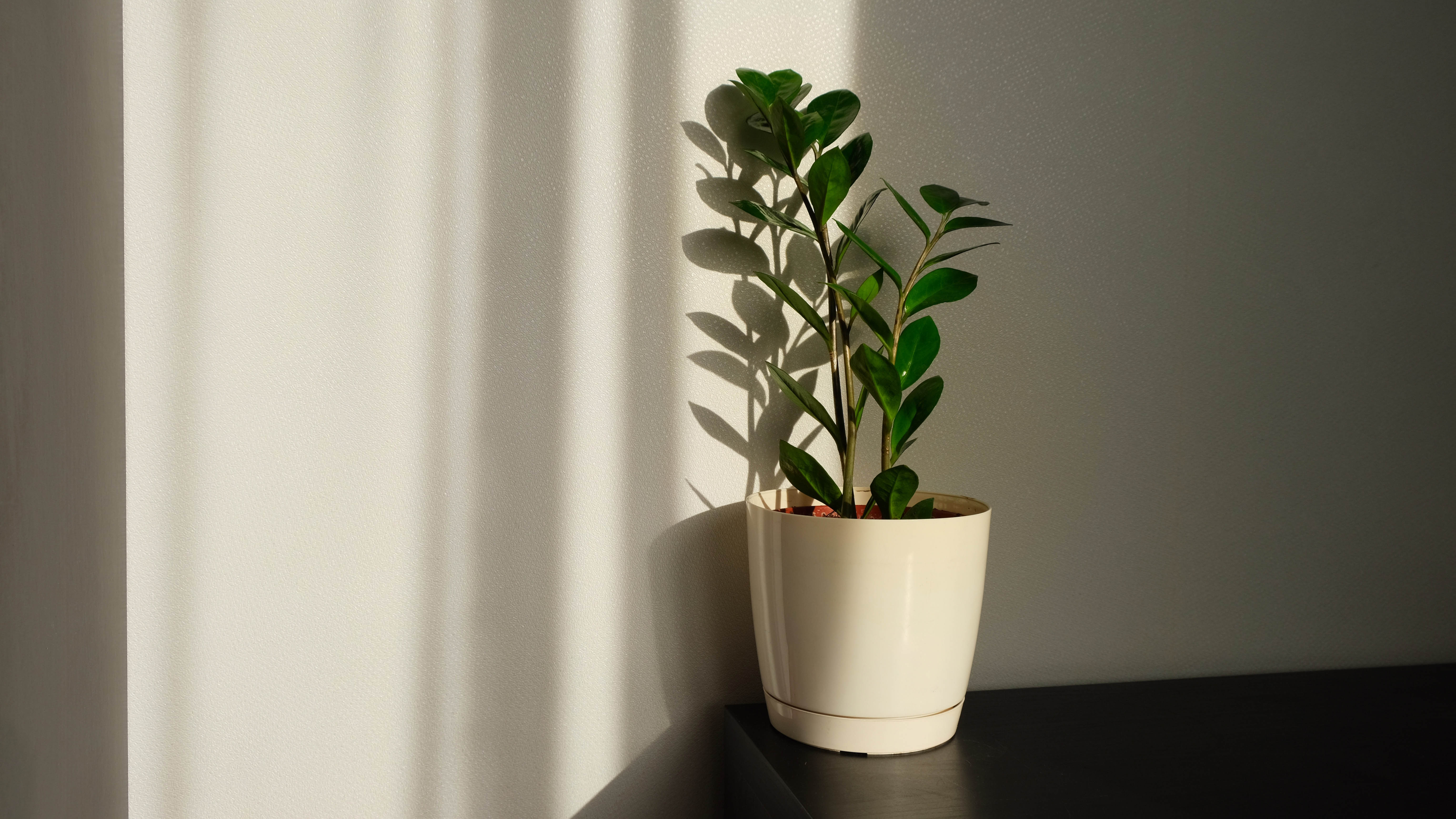
Plants can do so much for our homes. A few well-placed pots will give your décor a natural appeal, making the space feel more alive and scenic. Plants will naturally purify the air through photosynthesis as well, although they’re not as proficient as the best air purifiers.
But, studies have shown that plants can improve our mood and reduce anxiety, which is a definite benefit. Then there’s pest prevention to consider. In fact, there are 7 plants that keep rats and mice from invading your home and 9 fly-repellent plants that will keep your home bug free. If you're having trouble with ants, check out 7 ant-repellent plants to keep your home pest-free.
The trouble is, in low light conditions, it can be tricky for plants to survive. That means it’s often difficult to keep plants in rooms which lack windows — such as bathrooms and offices. There are exceptions to this though. Some plants can not only survive, but thrive in the shade. That means you can still benefit from all of the above regardless. If you’re keen to learn more, here are 7 plants that can survive without sunlight.
Be aware: Some of the following plants are toxic to pets — be sure to check if this is the case before you bring one home.
Alternatively, if you lack natural light, here are 7 plants that will thrive in the shade. Just be sure not to make these 7 mistakes that can kill houseplants. And here's why soft water is bad for your plants — according to experts.
1. Cast iron plant
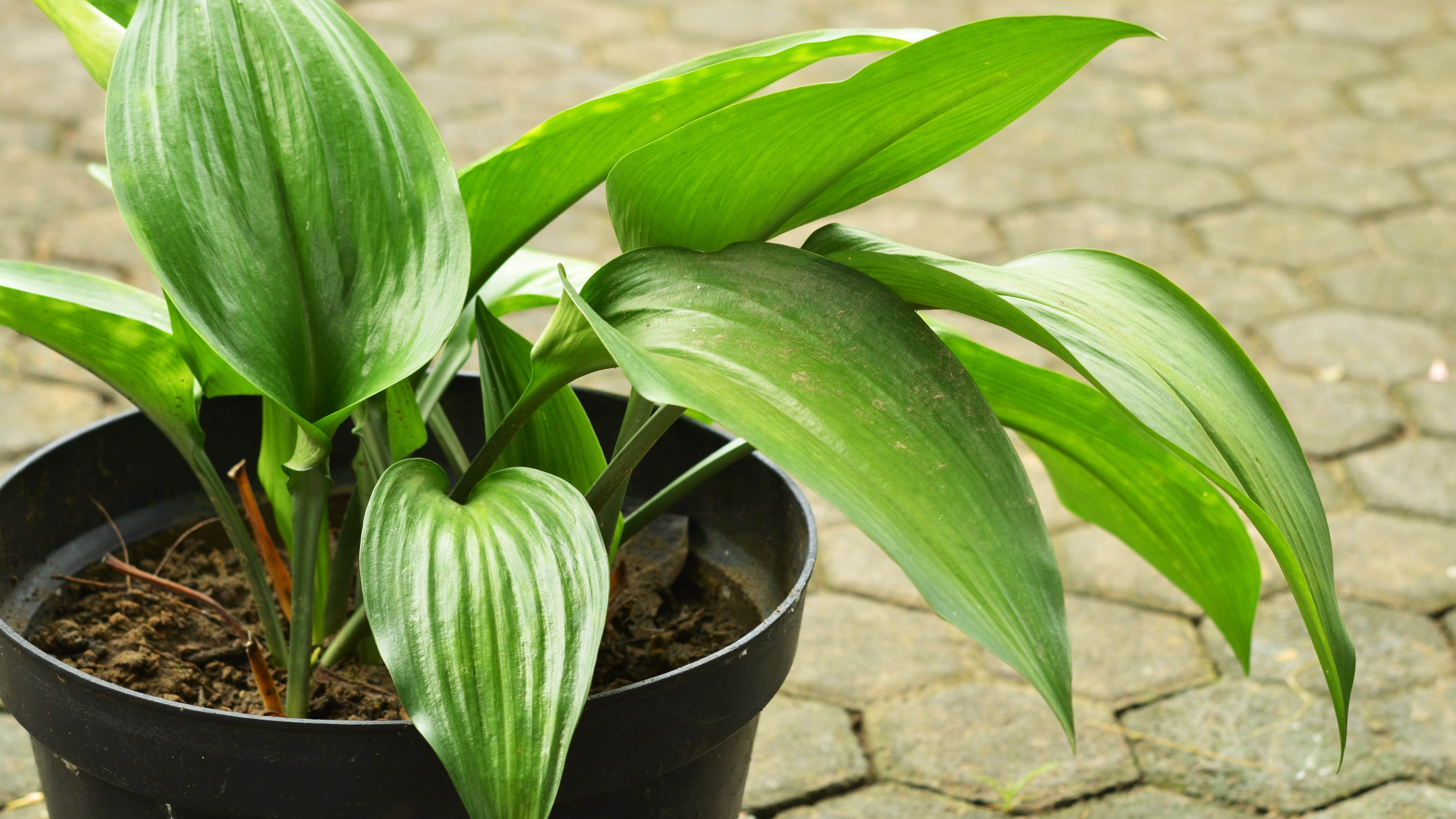
The first plant to make our list is the cast iron plant. As the name suggests, this is one tough cookie. It has a very low-maintenance nature, requiring little light and minimum fuss to survive. In fact, these plants are known to thrive in most conditions, and are more often damaged by too much care and handling, for instance by overwatering. Considering this, don’t be afraid to give your cast iron plant some space.
Cast iron plants prefer to stay out of direct sunlight, otherwise their leaves will scorch — they appreciate shaded spots instead, with low levels of light. They are slow-growing, so don’t worry if it shows little progress over time. Water it regularly, leaving the soil moist, but not soggy. With its thick and vibrant leaves, it can really add some décor to a dim space. Plus, it's a safe option to have around cats and dogs as it's non-toxic.
Get instant access to breaking news, the hottest reviews, great deals and helpful tips.
2. Spider plant

The spider plant is another great option for a dark, low light space. These plants are pretty tolerant, no matter the light conditions — whether situated in bright indirect light or hidden in a dark corner, the spider plant will prosper. In terms of care, they should be pruned back when necessary using some of the best pruning shears, and watered regularly — about once a week.
This is a fairly hardy plant, but it’s still good to learn how to care for a spider plant. Whether hung from a basket or lined up on a shelf, spider plants look great on display, and with two tones of color in the leaves, they appear all the more striking. Plus, it's non-toxic to cats and dogs if you have animals in the home.
3. ZZ plant
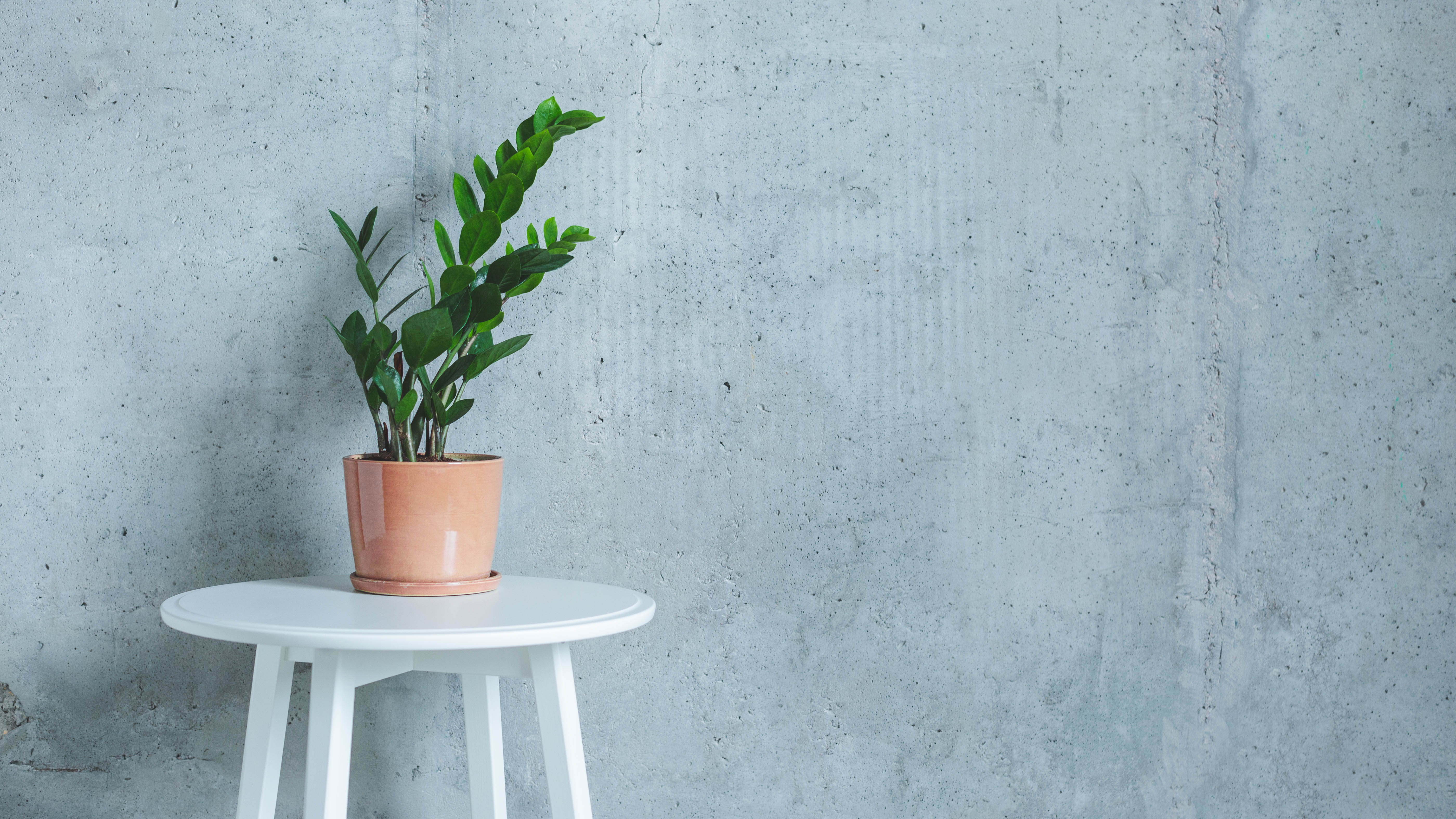
For those who really struggle to keep their plants alive, we recommend investing in a ZZ plant. Plants wont come much tougher than this — the ZZ plant requires minimal levels of light to survive; in fact, it can maintain itself solely on low levels of artificial light. This makes it ideal for dark spaces around the home. The ZZ plant will cope in most conditions — only, bright, direct sunlight could do some damage to the waxy leaves.
Don’t worry if you often forget to water your plants. The ZZ plant is tough enough to last for long periods of time in between waterings, plus it's fine with an inconsistent routine.
To sum up, if you want a near indestructible plant, which will likely survive whatever the conditions, this is the one to get. Be wary that this plant is known to be toxic to pets and humans though. It's poisonous if ingested.
4. Lucky bamboo

For something particularly decorative, lucky bamboo is another option. This looks like a smaller version of traditional bamboo, but it’s actually a type of water lily known as Dracaena Sanderiana. Don’t let that fool you though, it’s still plenty hardy. It will continue to grow in low light conditions, and can be planted in soil or directly in water.
It’s believed to bring luck to its owner, and has a very sweet appearance. But, this is a fast-growing plant, so you may need to prune the leaves back when required. It prefers a warm climate as well (60°F+) and if sitting directly in water, this will need to be changed every couple of weeks.
This plant is also known to be toxic to pets, so avoid it if you have furry family members.
5. Peace lily

Peace lilies are popular houseplants, and for good reason. They require very little maintenance and yet feature a distinctive and elegant appearance, which can really add to your décor. These plants are tougher than they look — they will continue to grow despite low levels of light and can even survive in fluorescent light, although this will reduce the likelihood of flowers. If flowers are what you want, you will want to place it somewhere with bright, indirect light.
We also recommend placing peace lilies in your kitchen to add greenery to your home in the new year.
In terms of care, a peace lily will require regular water, keeping the soil moist, but not soaked. The soil should be able to drain excess water as well to prevent root rot, so make sure the container has drainage holes.
It’s good practice to wipe down the leaves every so often as well; this not only makes the plant look good, it helps it to absorb the light.
This is another plant which is toxic to pets, so avoid it if you have cats and dogs running around.
6. Dracaena
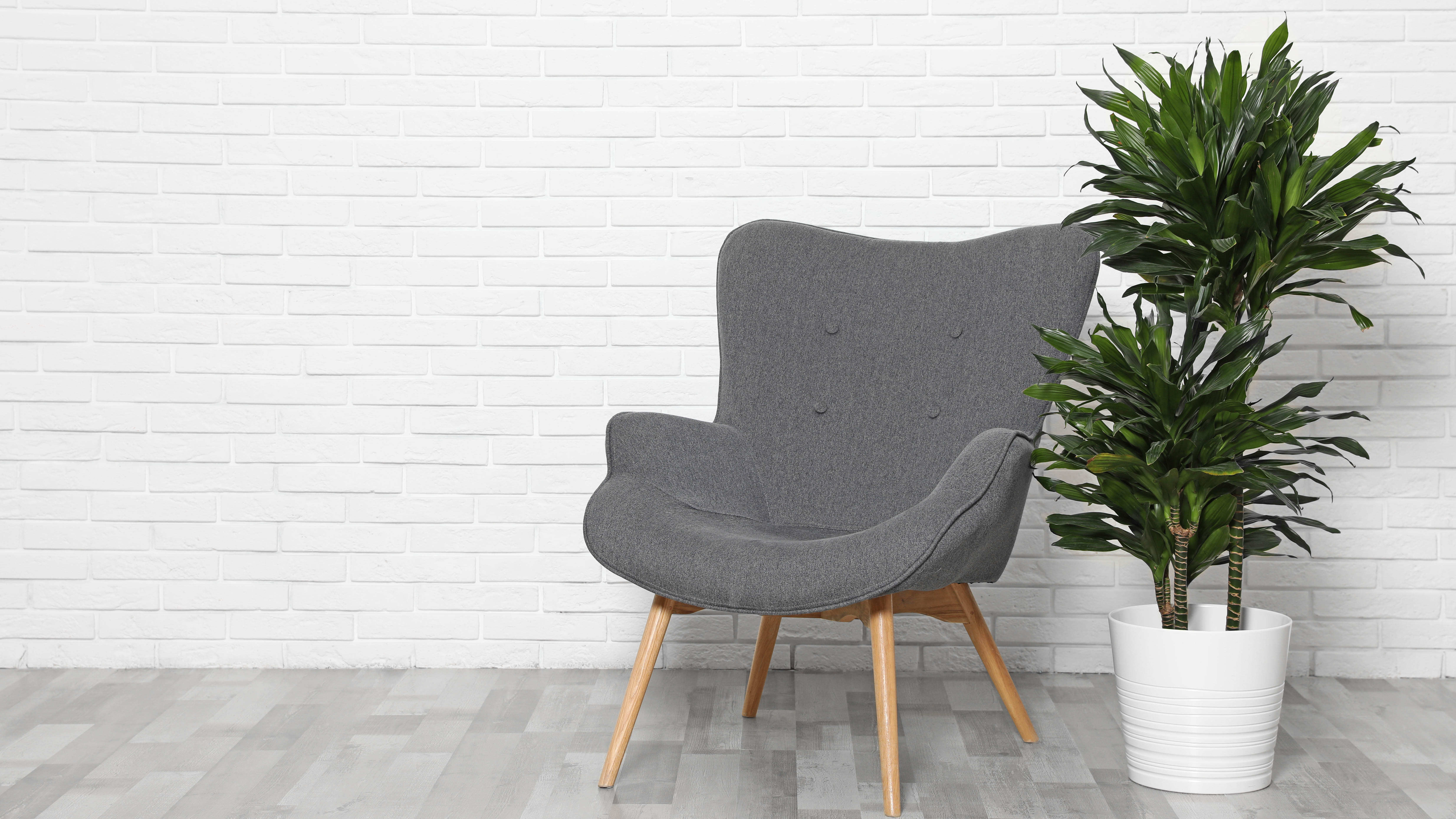
The Dracaena family covers a wide range of plants, lucky bamboo included, and it is an excellent option if you’re looking for larger varieties of plant to suit your shade-prone home. It can really range in size, from small desktop additions, to large tree-like options. Whatever size, these plants are easy to care for, requiring only low to medium light conditions to thrive. Although, bright, indirect light is preferable.
Dracaena love humid conditions and so would do well in a bathroom or kitchen, however they require less water than your average plant. It’s best to let the top few inches of soil dry out completely between watering sessions. Misting the leaves can also help this plant to flourish.
This is unfortunately another plant which is toxic to pets, so take care.
7. English ivy
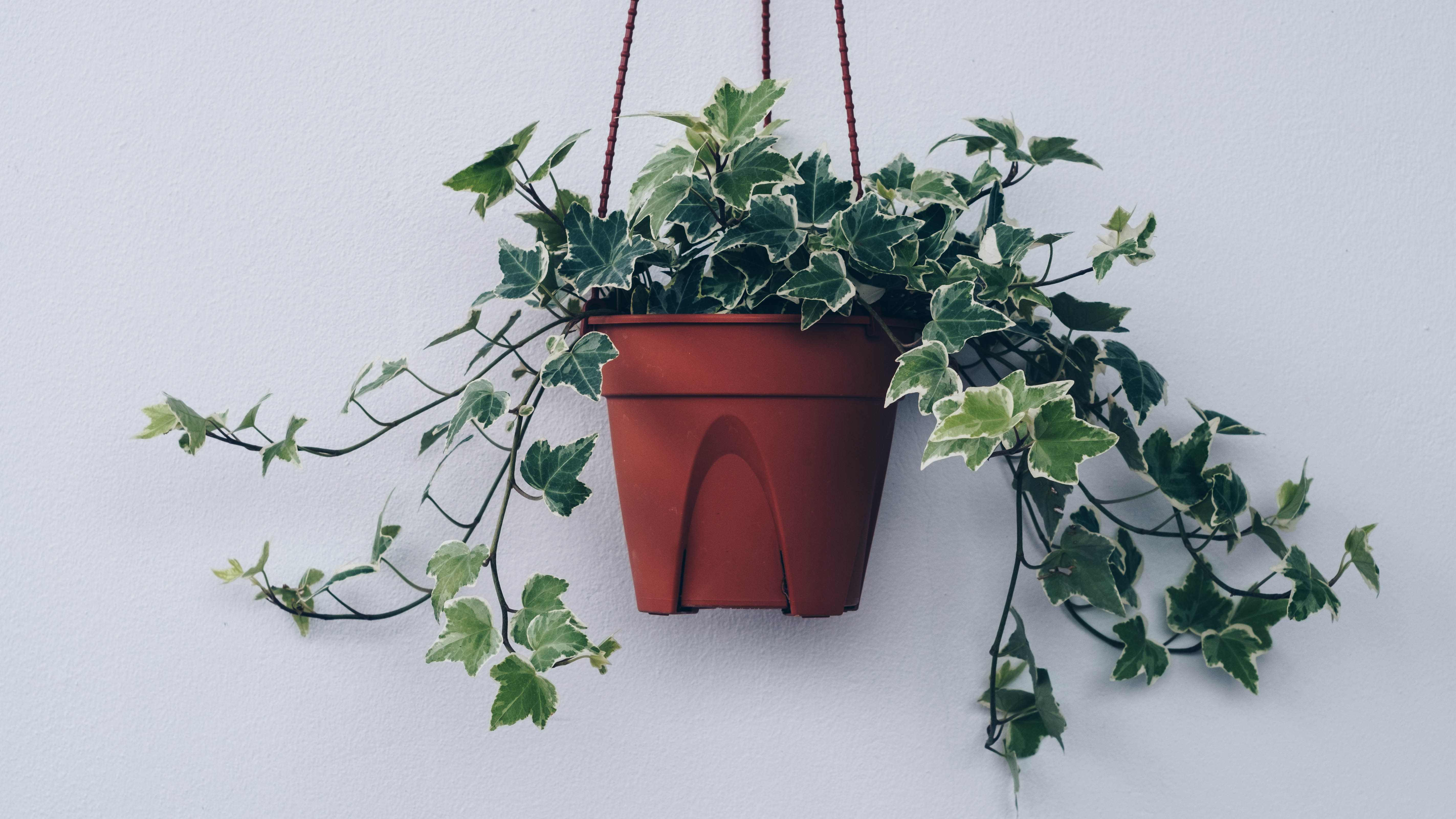
Finally, for something that is both decorative and hardy, English ivy is the solution. This plant will climb anywhere given the opportunity. It’s fast-growing and easy to propagate with a small cutting, although it can be invasive and difficult to remove, so it’s best to keep it in a container where you can regularly prune it.
English ivy loves bright, indirect sunlight, but it will also survive and continue to grow in low light conditions. It should be watered when the soil feels dry, usually about once a week. This plant looks great cascading from shelves; it will quickly bring your shaded areas to life, although it is another toxic plant when it comes to pets.
If you're interested in indoor plants, check out our guides on how to care for succulents, how to repot succulents and 7 best plants to grow on a balcony. We also cover how to care for air plants.

Katie Mortram used to be a Homes Editor for Tom's Guide, where she oversaw everything from kitchen appliances to gardening tools, as well as smart home tech. Specializing in providing expert advice for cleaning and home manintenance, she now works as Household Advice Editor for Good Housekeeping.
